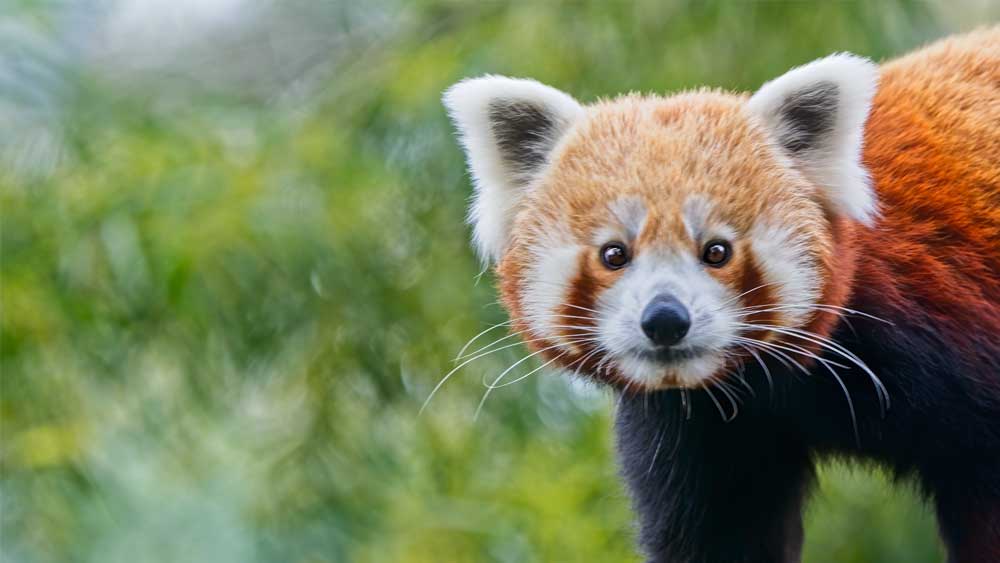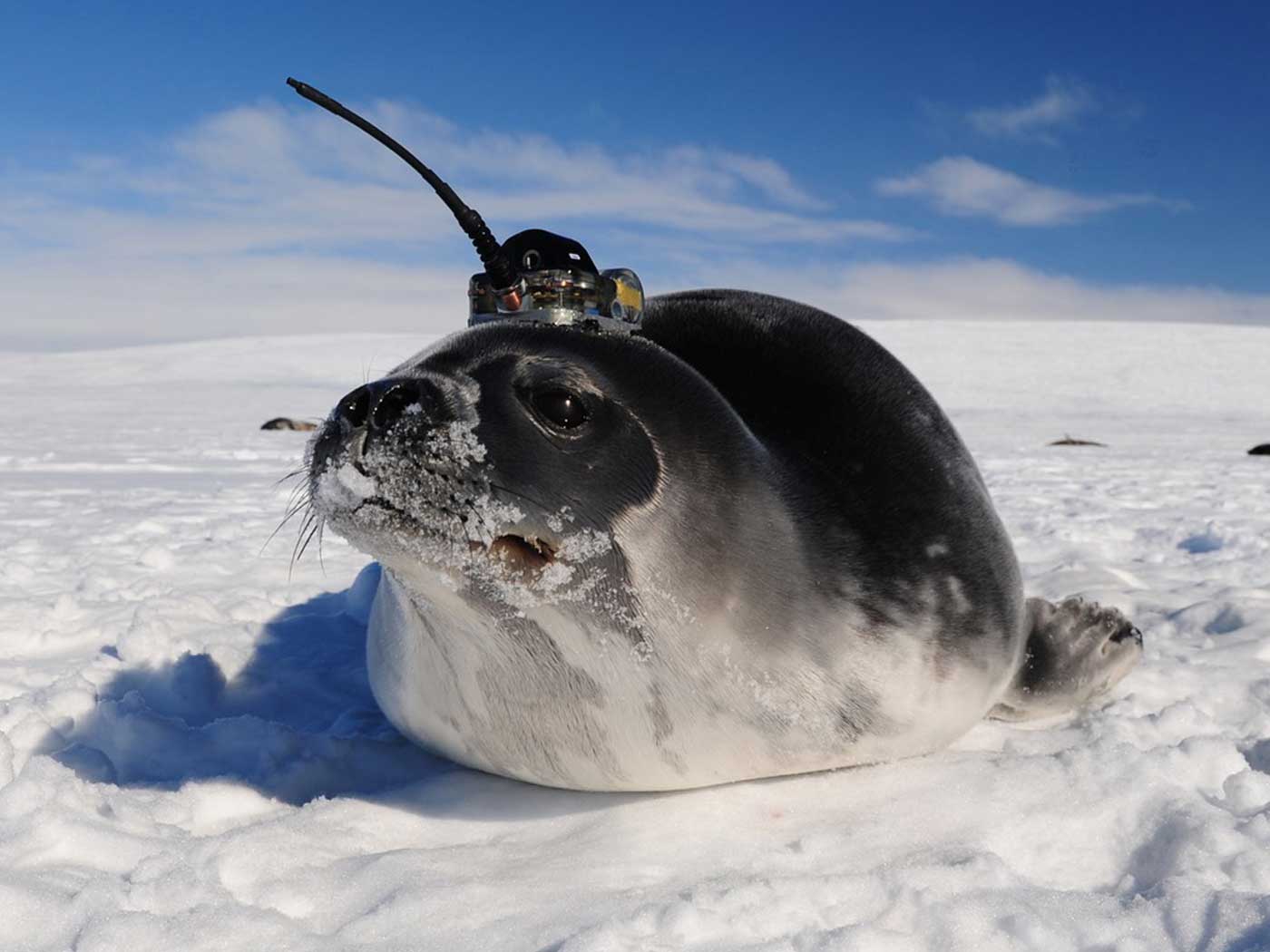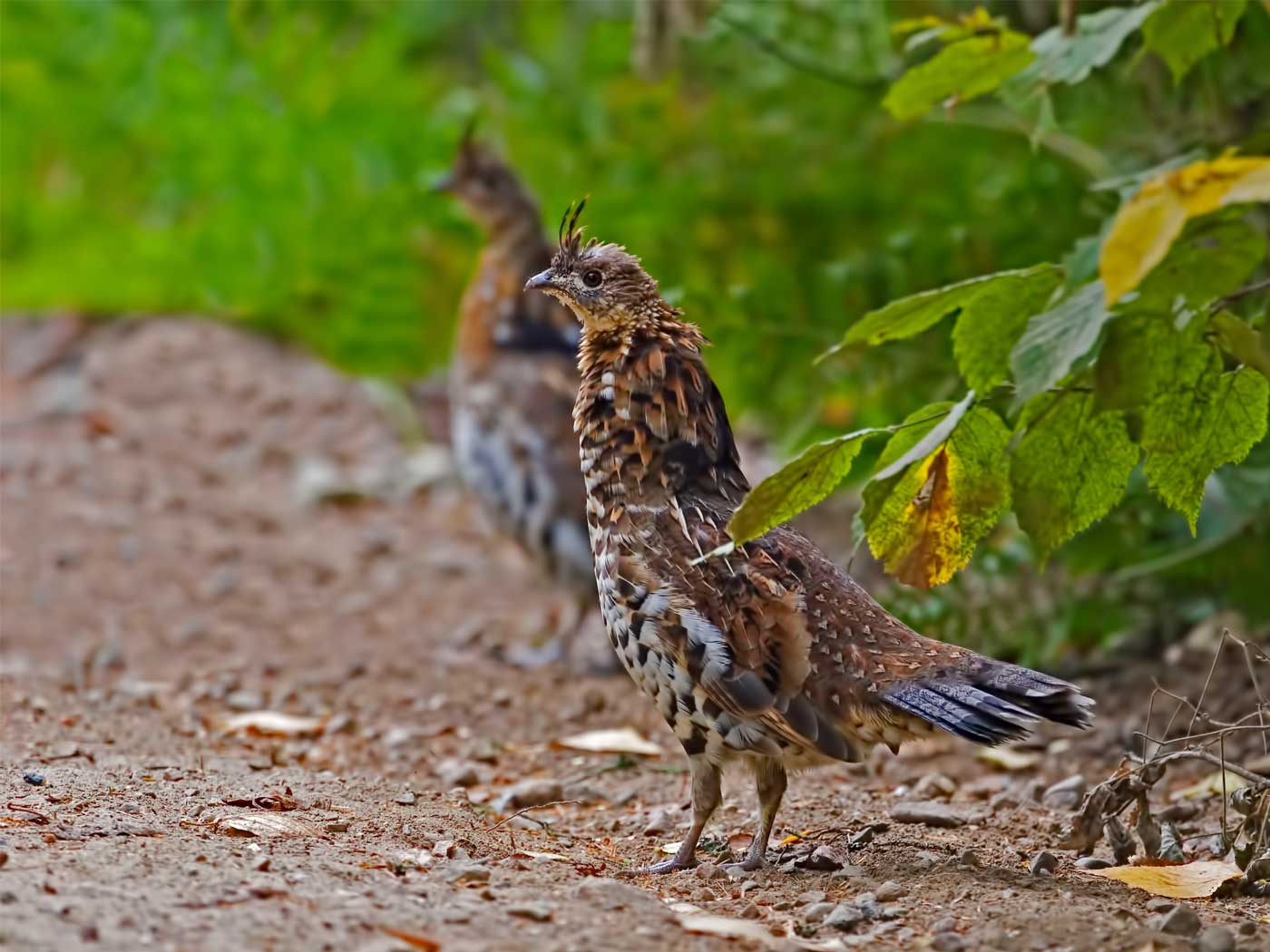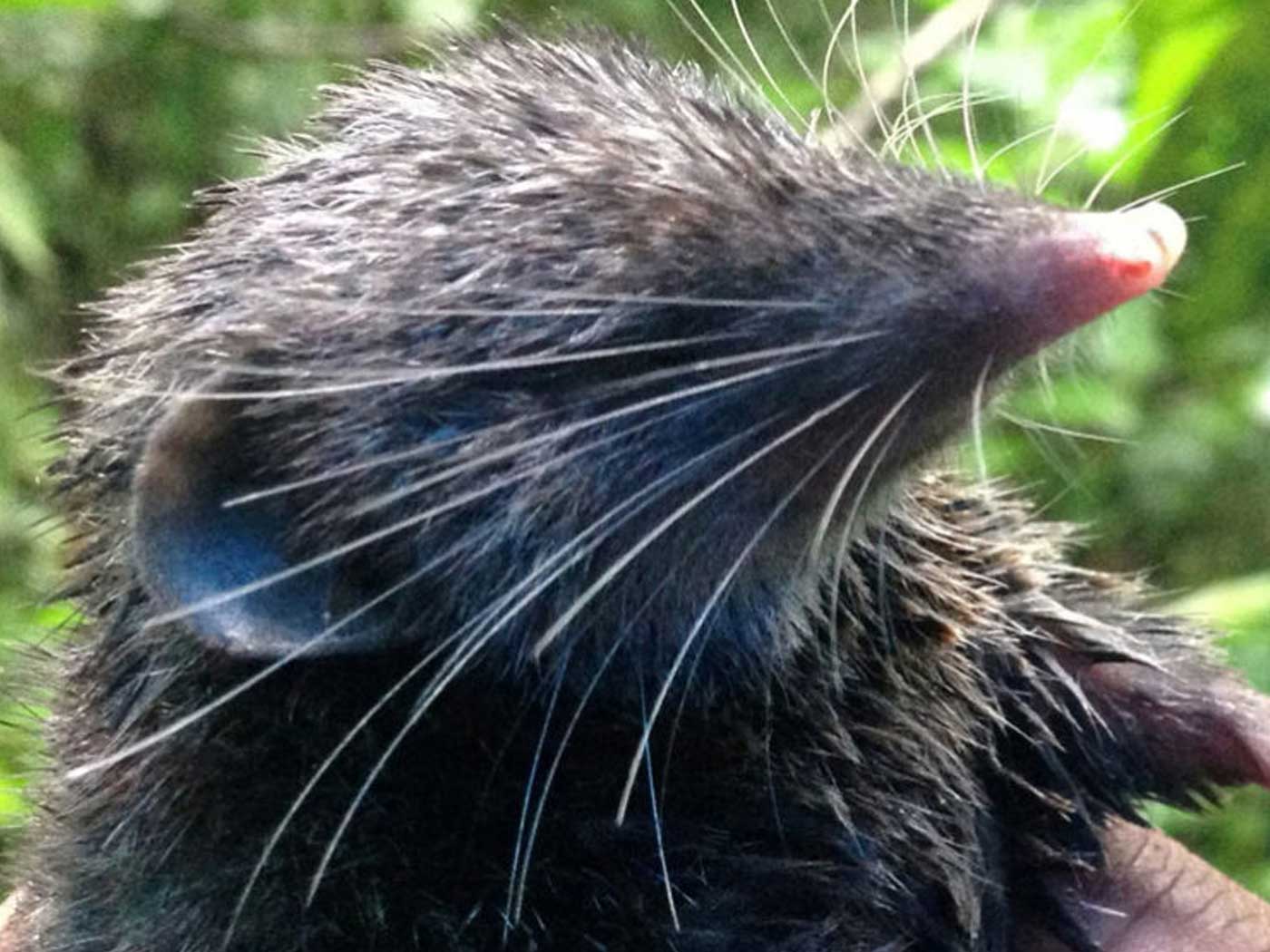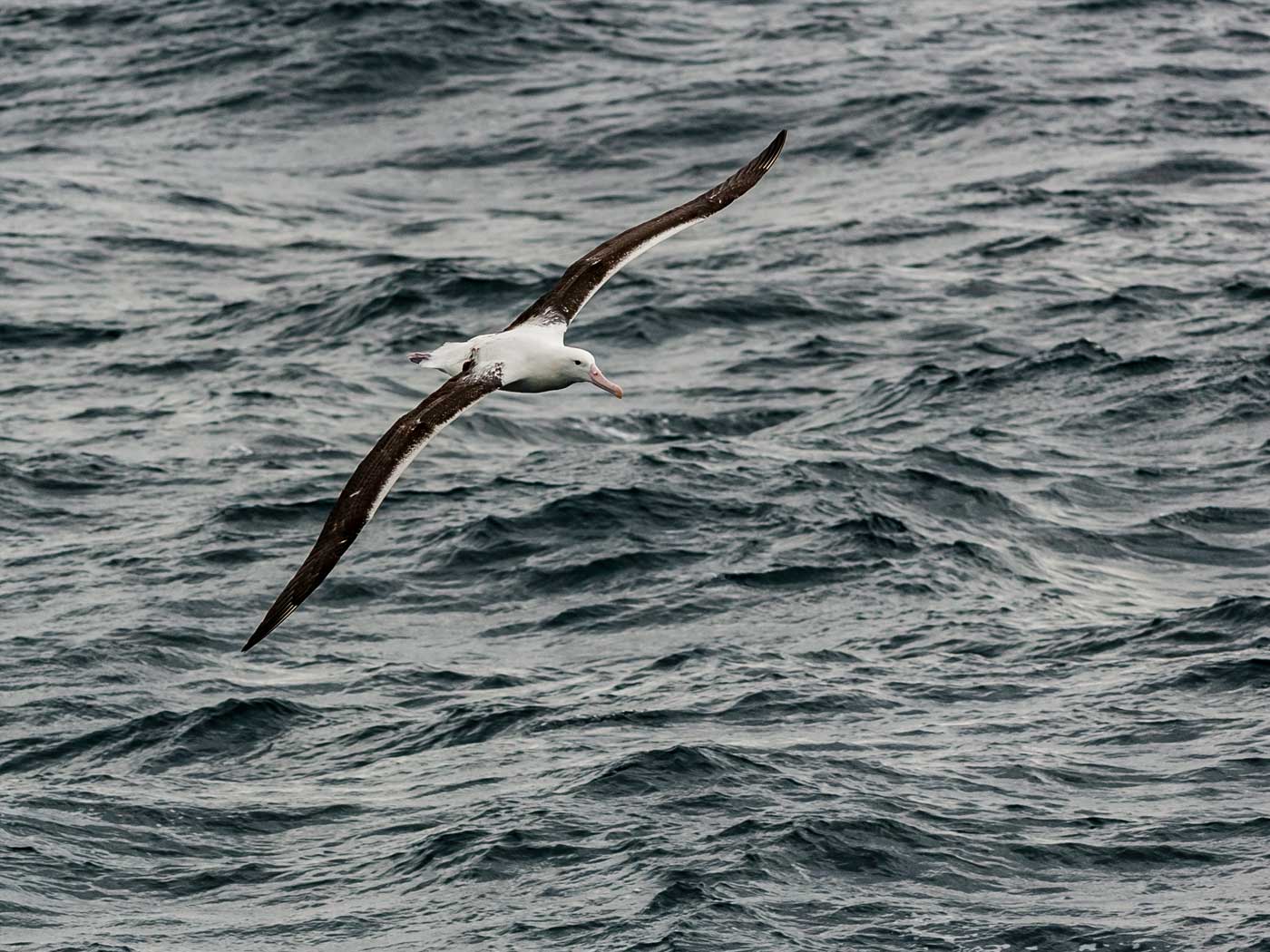Conservationists are satellite tracking red pandas in the mountains of Nepal to find out more about the factors that are driving them towards extinction. The mammals are endangered, with numbers down to a few thousand in the eastern Himalayas and southwestern China.1
Perhaps ten red pandas, GPS-tracked and camera-surveilled, can help us to learn about their daily lives, so we can help them to escape their populational decline.
Ten red pandas have been fitted with GPS collars to monitor their range in the forests near Mount Kangchenjunga. … The six females and four males are being tracked and photographed using camera traps in a conservation effort involving scientists, vets, government officials in Nepal and conservation group Red Panda Network.1
What do we know about red pandas, and why are they having a hard time being fruitful, multiplying, and filling their parts of the earth?1,2
Here are a few important facts about red pandas:
• The wild population continues to decline due to habitat loss, poaching, and inbreeding.
• They are illegally hunted in southwest China for their bushy tails from which "good-luck charm" hats are made.
• They live in trees and mainly eat bamboo, using sharp, curved claws to grip the stems.1
• They are illegally hunted in southwest China for their bushy tails from which "good-luck charm" hats are made.
• They live in trees and mainly eat bamboo, using sharp, curved claws to grip the stems.1
Panda anatomy is providentially fitted for filling bamboo thickets.3
Although scoffing evolutionists allege that God should have designed panda thumbs differently, pandas have been using their digits (including thumbs) for many generations to maneuver in high trees where they live.3 Meanwhile, other evolutionists casually opine that pandas should go extinct anyway if they can’t successfully survive in today’s world.2
As vegetarians, red pandas eat mostly bamboo. So, loss of bamboo forest habitat is a formidable challenge for them. It threatens their daily food supply and shelter which endangers their survival and successful reproduction in the wild.
Moreover, the illegal poaching trade—fueled by a ready market for its bushy tail—jeopardizes the creature’s populational success. When eligible mates are scarce, excessive inbreeding increases, which is prone to weak offspring.1
Inbreeding can often be avoided if genetically compatible yet diverse “cousins” were plentiful in neighborhoods, such as the bamboo forests where red pandas now live. But in the Himalayan regions of Nepal, China, and India’s Sikkim, pandas don’t have a large assortment of genetically compatible “cousins” nowadays.1
In fact, pandas’ very existence clashes with the phylogenetic tree notion promoted by evolutionists, because pandas have no “transitional form” linkages to other mammals, as evolutionists now effectively admit.4
The red panda (Ailurus fulgens) was initially considered a relative of the raccoon because of its ringed tail, and was later thought [by evolutionists] to be related to bears. The species is now known to be in a family of its own and one of the most evolutionary [sic] distinct and globally endangered mammals in the world.1
What does such a conclusion really indicate about the available physical evidence, including fossils and genome comparisons, of the world’s panda family?
Saying that pandas are so taxonomically “distinct” really means that there is no physical evidence, fossil or otherwise, that connects the panda family to any other mammal family. In other words, there is no actual evidence that these pandas share so-called “common ancestry” with racoons or bears of any other mammal—which is what creationists would expect to find, based upon the Genesis account of God’s created “kinds” of animals.4
Meanwhile, how have other pandas fared in other parts of the world during ancient times?
ICR’s Dr. Brian Thomas reported on ancient pandas whose remains were found in Europe. He recognized that panda extirpations (regional extinctions) cannot be explained by merely waving an animistic phrase like “natural selection.”
The [evolutionist researchers] also speculated that a formerly more tropical Spanish climate favored the small pandas during the Ice Age. Today, the area where the fossils were found has a dry climate. Perhaps the change to drier conditions lessened available habitat and food such that the ancient Spanish mini-pandas could no longer survive. … Pandas dying from decreased habitat … makes sense and is exactly what is currently happening in the dwindling Chinese panda population. But tropical climates do not deserve credit for favoring certain creatures.5
In other words, no geophysical environment—in tropical zones or in any other biome—volitionally “favors” or “disfavors” pandas.
The environment could not literally have selected the small bear size, because environments are unthinking. Instead, the mini-pandas most likely pioneered a formerly lush Spain, and their diminutive statures filled a specific ecological niche. If so, then the Designer of their innate abilities to generate trait variations deserves the true credit.5
The Designer of all pandas, of course, is the Lord Jesus Christ.6 Since we likewise know—from Scripture—that He is also our Designer, Maker, and Redeemer, we owe Him our gratitude, admiration, and joyful service.
References
1. Briggs, H. 2020. Red pandas tracked by satellite in conservation ‘milestone’. BBC News. Posted on BBC.com June 13, 2020, accessed June 30, 2020.
2. Thomas, B. 2009. Should We Let the Pandas Die Off? Creation Science Update. Posted on ICR.org October 7, 2009, accessed June 30, 2020. The callous “let-them-die” attitude, of some evolutionists (based on “survival-of-the-fittest” axiology assumptions) is nothing new, as the unsustainable codfish-wasting example of Thomas H. Huxley illustrates. See Thomas, B. 2009. Huxley Error Led to Cod Calamity. Acts & Facts. 38(8): 17. See also Johnson, J. J. S. 2014. Genesis Science Is Practical, Not Just Academic. Acts & Facts. 43(3): 17.
3. When countering worldly-wise evolutionists, “…creationists are reminded of other past ‘bad design’ arguments used by evolutionists that have since received good, scientific answers. Examples include the poorly designed thumb of the panda bear. The late S. J. Gould repeatedly cited this allegedly corrupt feature, but he ignored the fact that panda bears have been doing just fine with this supposedly inferior structure.” Quoting Sherwin, F. 2005. That Troubling Laryngeal Nerve. Acts & Facts. 34(5).
4. Johnson, J. J. S. 2008. The Evidence of Nothing: The Silent Witness of Evolution’s Missing Links. Acts & Facts. 37(4): 4-5. See also Morris., J. D. 2006. What’s a Missing Link? Acts & Facts. 35(4).
5. Thomas, B. Did Panda Bears Once Live in Europe? Creation Science Update. Posted on ICR.org June 15, 2012, accessed June 30, 2020.
6. Revelation 4:11.
*Dr. Johnson is Associate Professor of Apologetics and Chief Academic Officer at the Institute for Creation Research.




